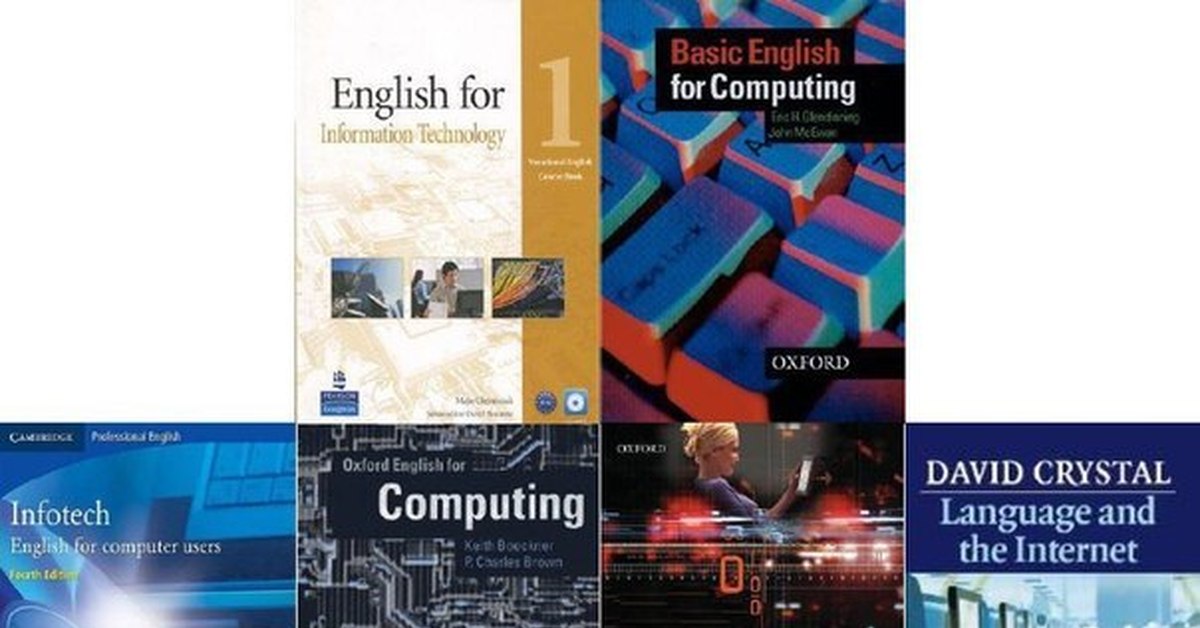Description For undergraduate students in Computer Science and Computer Programming courses. Now in its Ninth Edition, Concepts of Programming Languages introduces students to the main constructs of contemporary programming languages and provides the tools needed to critically evaluate existing and future programming languages. Readers gain a solid foundation for understanding the fundamental concepts of programming languages through the author's presentation of design issues for various language constructs, the examination of the design choices for these constructs in some of the most common languages, and critical comparison of the design alternatives. In addition, Sebesta strives to prepare the reader for the study of compiler design by providing an in-depth discussion of programming language structures, presenting a formal method of describing syntax, and introducing approaches to lexical and syntactic analysis. SUPPLEMENTS •.

• An examination of related topics is coupled with the fundamental concepts of programming languages: • Formal methods of describing the syntax and semantics of programming languages are described in Chapter 3. • Implementation techniques for various language constructs are discussed in chapter 4 using lexical and syntax analysis, and in chapter 10 using the implementation of subprogram linkage. • Coverage of advanced object-oriented topics and language s like C#, Java™, JavaScript™, Perl™, PHP, XHTML, XSLT, and JSP™ is integrated throughout. • Historical boxes and interviews with James Gosling, Larry Wall, Alan Cooper, Bjarne Stroustrup, and others set the material into context. • Valuable historical foundations are presented in Chapter 2, outlining the origins, purposes, and contributions of the most important languages discussed in the rest of the text. • In-depth discussions of the design issues for the primary constructs of the imperative languages are presented in Chapters 5—14.
From the start panel to the taskbar, window frames and control buttons, WindowBlinds enables users to customize desktop interface themes called skins to personalize the look and feel of their desktop. Serial key for windows blind download.
Design choices for several example languages are presented and evaluated, including variables (Chapter 5), data types (Chapter 6), expressions and assignment statements (Chapter 7), control statements (Chapter 8), subprograms (Chapters 9 and 10), data abstraction facilities (Chapter 11), object-oriented programming (Chapter 12), concurrent program units (Chapter 13), and exception and event handling (Chapter 14). • Two alternative programming paradigms concludes coverage, functional programming in Chapter 15 and logical programming in Chapter 16.
• Each new student copy includes an access card for the Companion Website, which includes lab projects, self-assessment quizzes, and a language reference library. • Enhanced Pedagogy: 110 new review questions have been added along with 51 new programming exercises. • Revised Coverage: Semantics coverage in Chapter 3 has been revised. • New and Expanded Coverage: • Chapter 4 - Includes a complete, running lexical analyzer program with actual output as well as ouput for the example recursive descent parser.
Concepts of Programming Languages by Robert W. Sebesta, Sixth edition is truly a well-written book. Perhaps one of the best books written on this topic. Sebesta has done an exceptional job conveying the topic to the reader, making a complex topic both easy to read and understand. Programming Languages. Principles and Practice, 2nd ed. Quiz Creator for. Principles of Programming Language - Robert W. Sebesta, Concepts.
Also included is a parse tree for the given input statement. • Chapter 5 - New material on global scope and declaration order in the scoping section (Names, Bindings, and Scopes). • Chapter 6 - New coverage of Lua’s table types, Python’s tuples and list comprehensions, and Ruby’s slices. • Chapter 9 - New discussions of Lua’s variable number of method parameters and variable number of return values. • Chapter 11 - Expanded discussion of Ruby’s abstract data types. • Chapter 15 - New section on tail recursion in Scheme.